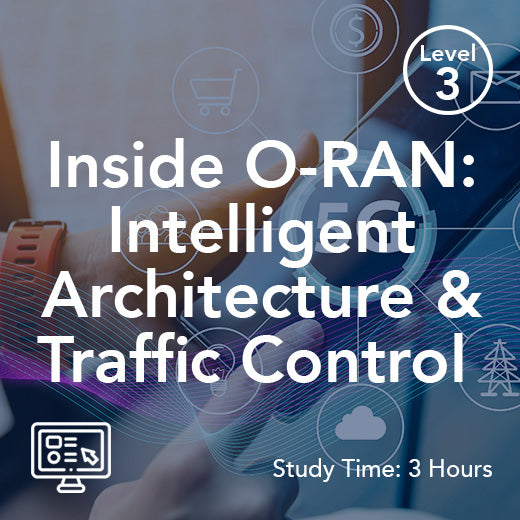Differences Between Multi-Access Edge Computing And Fog Computing
- , by Stephanie Burrell
- 2 min reading time
In today's digital age, the demand for faster and more efficient computing solutions is ever increasing. With the rise of Internet of Things (IoT) devices and the exponential growth of data being generated, traditional cloud computing models are struggling to keep up with the demands of modern applications. This has led to the development of edge computing technologies such as Multi-Access Edge Computing (MEC) and Fog Computing, which aim to bring computing resources closer to the end-users and devices to improve performance and reduce latency.
While both MEC and Fog Computing share the same goal of pushing computing resources closer to the edge of the network, there are some key differences between the two approaches that are worth exploring.
One of the main differences between MEC and Fog Computing lies in their architectural design. MEC is a network architecture that allows computing resources to be deployed at the edge of the network, typically at the base stations of cellular networks. This allows for low-latency processing of data and applications, as well as improved quality of service for end-users. Fog Computing, on the other hand, extends the concept of MEC by distributing computing resources across a wider geographical area, such as within a city or region. This allows for more flexibility in resource allocation and can help to reduce network congestion and improve overall performance.
Another key difference between MEC and Fog Computing is the level of scalability and flexibility they offer. MEC is typically deployed within a specific cellular network, which can limit its scalability and flexibility in certain scenarios. Fog Computing, on the other hand, can be deployed across multiple networks and locations, allowing for greater scalability and flexibility in resource allocation. This can be particularly useful in scenarios where large amounts of data need to be processed in real-time, such as in smart cities or industrial IoT applications.
In terms of security and privacy, both MEC and Fog Computing offer similar levels of protection for data and applications. However, Fog Computing may have an advantage in certain scenarios where data needs to be processed in a more distributed manner, as it can provide additional layers of security and privacy protection. This can be particularly important in scenarios where sensitive data is being processed, such as in healthcare or financial applications.
Overall, both MEC and Fog Computing offer unique advantages and challenges when it comes to pushing computing resources closer to the edge of the network. While MEC may be more suitable for scenarios where low-latency processing is critical, Fog Computing may offer greater scalability and flexibility in resource allocation. Ultimately, the choice between MEC and Fog Computing will depend on the specific requirements of the application and the network architecture in question. As edge computing continues to evolve, it will be interesting to see how these technologies develop and how they can be leveraged to improve the performance and efficiency of modern computing applications.

































